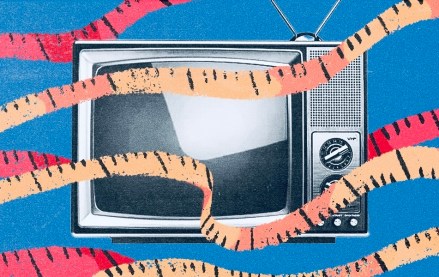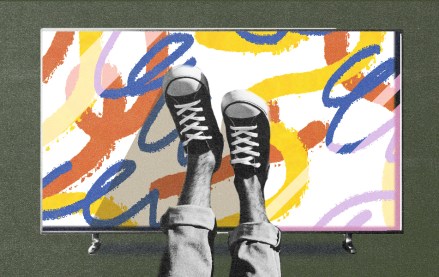
More face swaps are in, in-app purchases are out on Snapchat.
Tucked away in last night’s update that expands its popular face swapping option to include the ability to let people switch faces with their photo roll, Snapchat ditched its latest monetization of selling replays. Now users can replay snaps for free.
Seven months is a long enough time to figure out that people didn’t want to pay upwards of $4.99 to re-watch friends’ goofy snaps. At its launch last September, Snapchat acknowledged that selling replays for few bucks a pop was lame, writing in its blog that it’s a “little pricey — but time is money!”
Snapchat’s proven adept at attracting ad dollars from big brands, many with a serious case of FOMO. But like most media businesses these days, it’s exploring ways to get people to pay up directly. So far, the results aren’t good.
It only took two months before Snapchat shelved its lens store in January, asking people to pay 99 cents apiece for the animated photo filters. “No one is going to buy those filters, losers,” a user said at the time, following a parade of vocal responses from users, again, saying they weren’t going to fork over money. One bright spot: the app’s geofilter store that lets users design filters and activate over certain areas for a set amount of time has been an early success with companies, parties and colleges using them.
Snapchat didn’t immediately respond for comment.
Ad position: web_incontent_pos1
More in Media

NewFronts Briefing: Samsung, Condé Nast, Roku focus presentations on new ad formats and category-specific inventory
Day two of IAB’s NewFronts featured presentations from Samsung, Condé Nast and Roku, highlighting new partnerships, ad formats and inventory, as well as new AI capabilities.

The Athletic to raise ad prices as it paces to hit 3 million newsletter subscribers
The New York Times’ sports site The Athletic is about to hit 3 million total newsletter subscribers. It plans to raise ad prices as as a result of this nearly 20% year over year increase.

NewFronts Briefing: Google, Vizio and news publishers pitch marketers with new ad offerings and range of content categories
Day one of the 2024 IAB NewFronts featured presentations from Google and Vizio, as well as a spotlight on news publishers.
Ad position: web_bfu